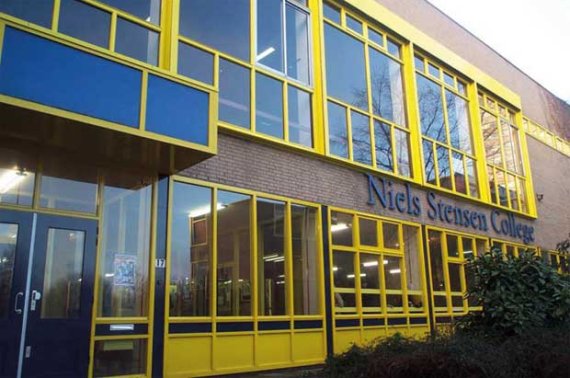Whistle-blowers are often misunderstood by a usually hostile public. Communication professionals should not see such people as a threat to the reputation of their organization. Instead they should learn to listen, says the communication scientist Annette Klarenbeek. Klarenbeek is a lecturer in communication at the Hogeschool Utrecht and on Wednesday 13 June she gained her doctorate for research on communication in times of crisis. She studied a couple of cases of whistle-blowers in education, including the notorious case of Headmaster Matthé Sjamaar. In a 1998 interview, he argued that ‘his’ Niels Stensen College in Utrecht should be closed because the education being delivered was suffering, in his opinion, due to the high number of Moroccan students. The story was picked up by many media and commentators asked whether Sjamaar was being racist. ‘It is not uncommon for whistle-blowers to be misunderstood, explains Klarenbeek. Someone who flags up a problem is easily to regard as a pessimist, a telltale or a hot-head. Klarenbeek calls this the interactional problems of the whistle-blower. According to her, it is important that these problems be identified. ‘By being more aware of them, you can better grasp the underlying problem.’ One way of doing this is to apply discourse analysis to the language use. This involves looking at the way something is said rather than the content. For example, in his interview Sjamaar used strong language and therefore came across as very emotional. His hard-hitting words led to his being seen as someone uttering a cry from the heart. This made Sjamaar a pretty unsuccessful whistle-blower. Minister Netelenbos said of him, ‘it is not done to speak like that’, and that was the end of the matter.
Learning to listen to whistle-blowers
- Whistle-blowers are often misunderstood.- Emotional language can mask the underlying message.

